#Erebidae
Text
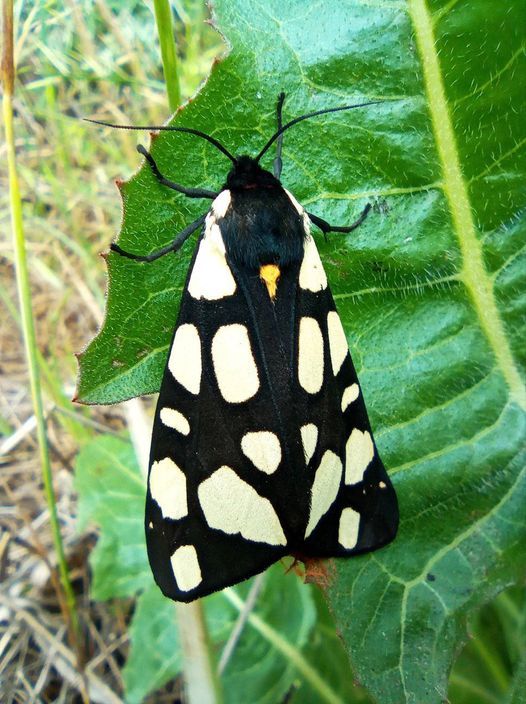
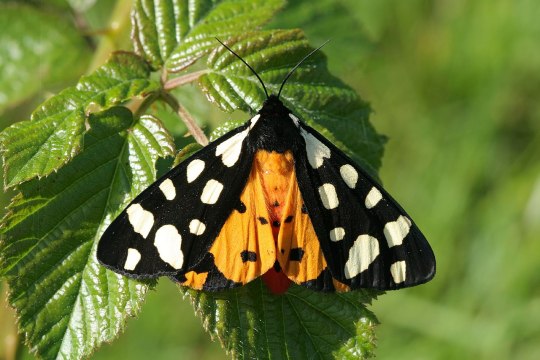
Cream-spot Tiger Moth (Arctia villica), family Erebidae, found mainly in southern Europe, western Asia, and northern Africa
photographs by Danny Chapman & Гал Ин Дао
182 notes
·
View notes
Photo
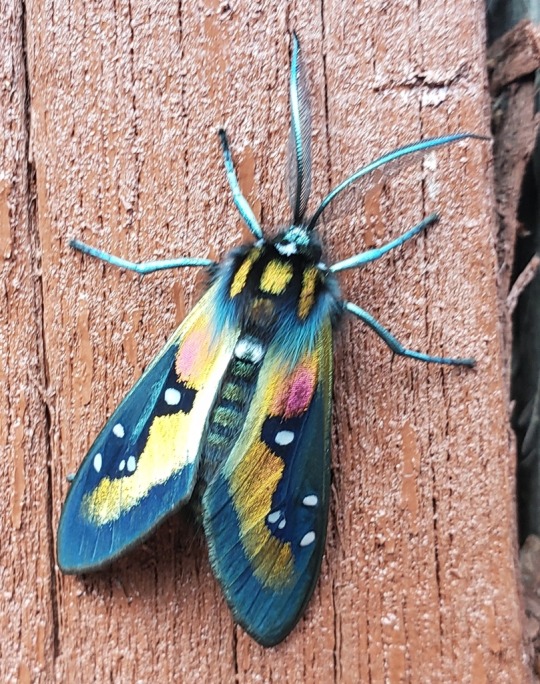
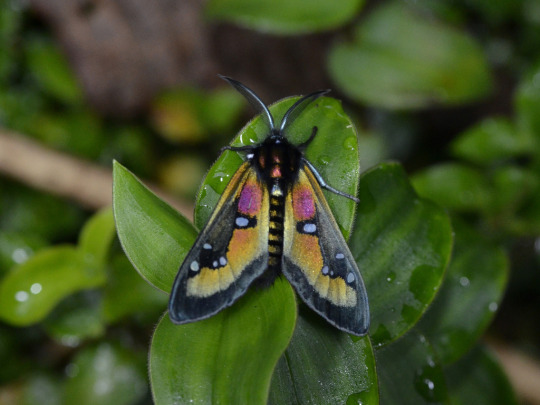

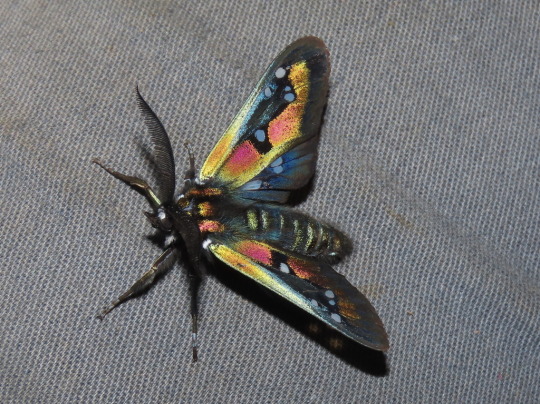
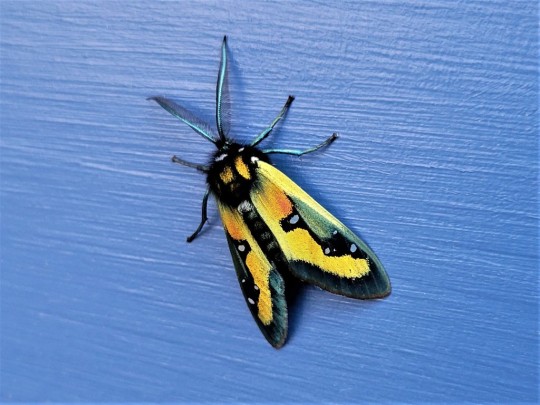
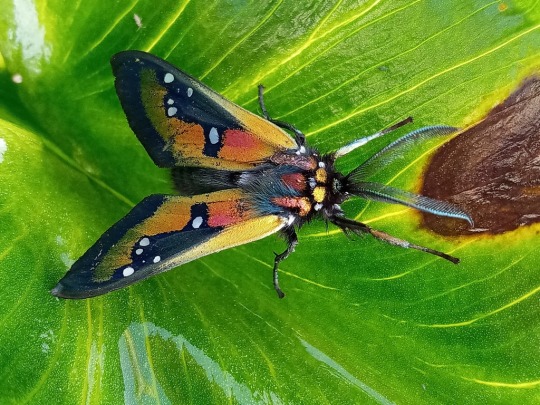
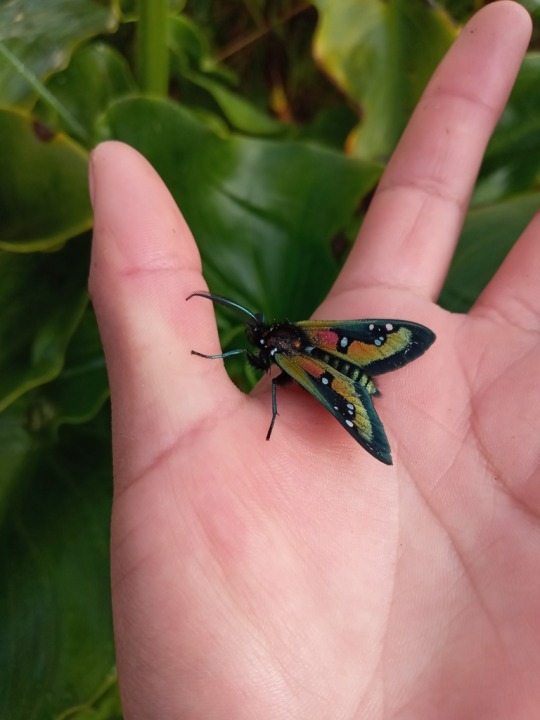
Regal tiger moth, Chrysocale regalis, Erebidae
Found along the Andes Mountains in South America
Photo 1 by ecuadornaturetours, 2 by touroult, 3 by xluis, 4 by sebasjuglans, 5 by litehold, and 6-7 by yohana_27
4K notes
·
View notes
Text
Moth Of The Day #244
Ernassa cruenta
From the erebidae family. They can be found French Guinea, Ecuador, Peru and Brazil.


Image sources: [1] [2]
#moth#moths#lepidopterology#lepidoptera#nature#pretty moth#bugs#insect#moth of the day#motd#lepidoptery#entomology#bugblr#invertebrates#beautiful moth#ernassa cruenta#erebidae#erebidae moth
1K notes
·
View notes
Photo

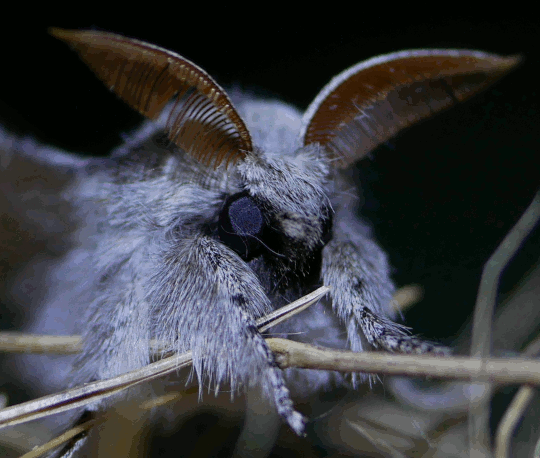
14K notes
·
View notes
Text

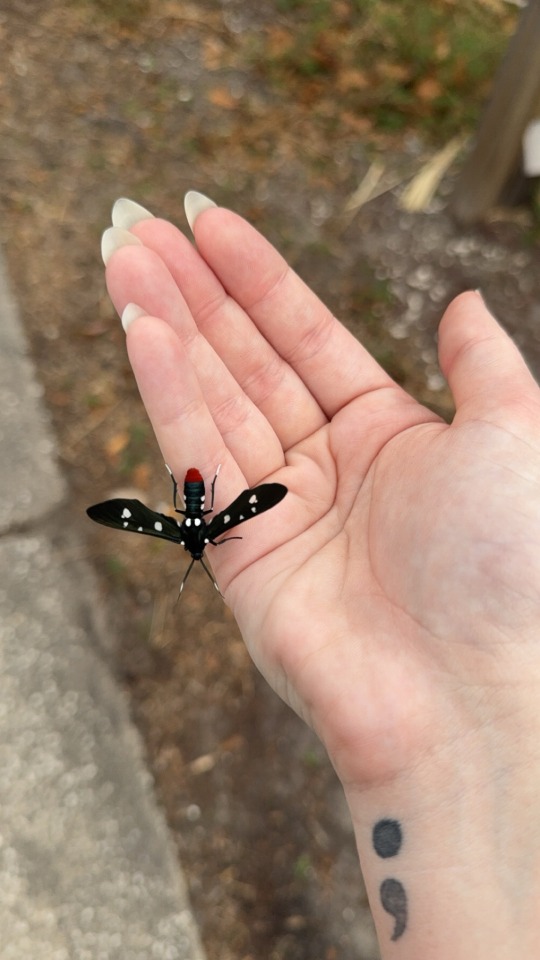
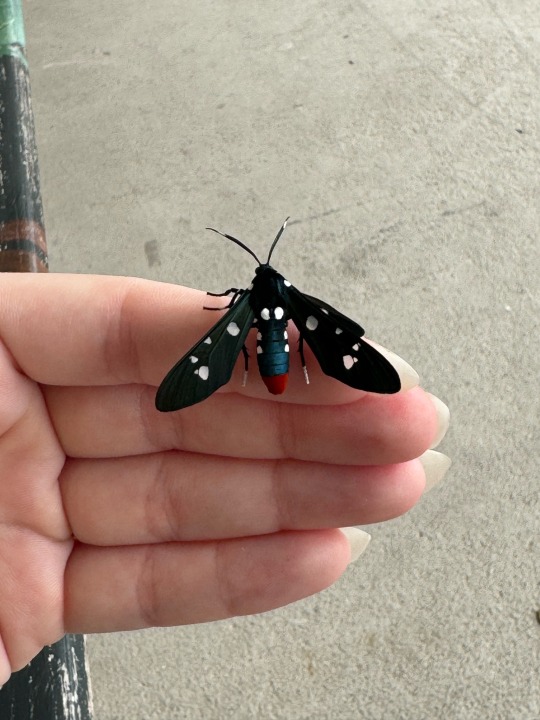
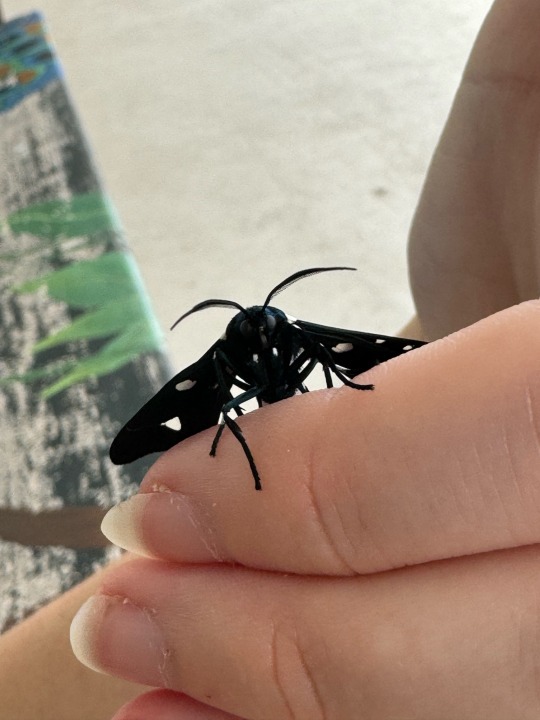
Polka-dot wasp moth (Syntomeida epilais)
#sorry for ghosting y’all I’m gonna try to post more again#nature#entomology#bug#insect#mine#moth#wasp moth#polka dot wasp moth#erebidae#lepidoptera
164 notes
·
View notes
Text
Moth of the Week
Salt Marsh Moth
Estigmene acrea
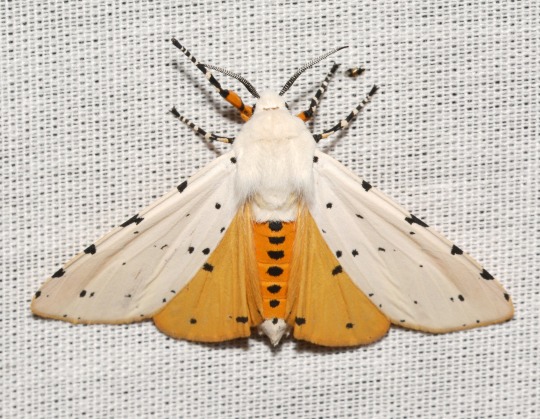
The salt marsh moth is a part of the family Erebidae. This species was first described in 1773 by Dru Drury. It is also known as the acrea moth.
Description Both male and female moths have white heads, thoraxes, and forewings with a varying pattern of black spots on the forewings, with some moths having no pattern at all. They also share an orange-yellow abdomen with a vertical line of back dots. On the male, the hindwings are the same organge yellow while on females the hindwings are white. Both males and females have three or four black dots on each hindwing.
Wingspan Range: 4.5 - 6.8 cm (≈1.77 - 2.68 in)
Diet and Habitat The caterpillar was first thought to be a pest to salt-grass, but in fact it prefers weeds, vegetables, and field crops such as dandelions, cabbage, cotton, walnuts, apple, tobacco, pea, potato, clovers, and maize. Adults do not feed.
This moth is found in North America, the Democratic Republic of the Congo, Kenya, Colombia, and Mexico. It prefers open habitats such as openings in woods, thickets, farm fields, grasslands, and marshes. It is called the “salt marsh moth” because it is common in coastal salt marshes (tidal marshes) along Pacific, Atlantic, and Gulf coasts.
Mating This species of moth does not emit pheromones from the tip of its abdomen but instead from its throat or the to of its abdomen. These moths are seen from May to August but can be seen all year in southern Florida and Texas. It is presumably during May and August they mate in most parts of their range while they mate all year round in Florida and Texas.
Yellowish eggs are laid in clusters on the host plant leaves. Females usually produce 400 to 1000 eggs in one or more clusters. It is possible to find a single egg cluster containing 1200 eggs. Eggs hatch in four to five days.
Predators This species is frequently parasitized as larvae, usually by flies in the Tachinidae family. In Arizona, the most common parasites were Exorista mellea and Leschenaultia adusta while two other parasitic flies were also seen: Gymnocarcelia ricinorum and Lespesia archippivora.
Both the larval and egg stages are oararzitized by Hymenopteran parasitoids such as Apanteles diacrisiae; Therion fuscipenne, T. morio, Casinaria genuina, Hyposoter rivalis; Psychophagus omnivorus, Tritneptis hemerocampae Vierick; Anastatus reduvii; and Trichogramma semifumatum.
A cytoplasmic polyhedrosis virus is known to harm this species but there are little data on its importance and effect.
General predators such as lady beetles, softwinged flower beetles, and assassin bugs prey on these caterpillars, but are not thought to have a large impact on population.
Fun Fact This species has 4 subspecies: Estigmene acrea acrea, Estigmene acrea arizonensis (Rothschild, (1910)) (Arizona), Estigmene acrea mexicana (Walker, (1865)) (Mexico), Estigmene acrea columbiana (Rothschild, (1910)) (Colombia).
(Source: Wikipedia, University of Florida, Missouri Department of Conservation)
#libraryofmoths#animals#bugs#facts#insects#moth#lepidoptera#mothoftheweek#Erebidae#salt marsh moth#Estigmene acrea
390 notes
·
View notes
Text

Symphlebia
92 notes
·
View notes
Text
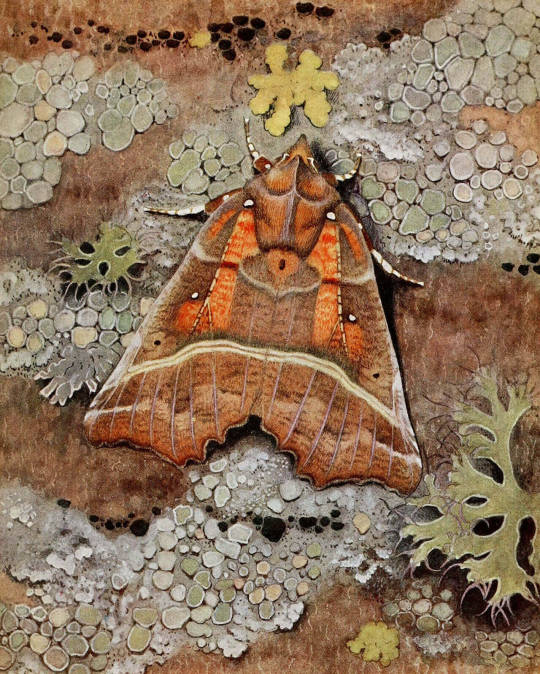
Scoliopteryx libatrix | Les Papillons dans la Nature (1934) | Paul-André Robert (1901-1977)
258 notes
·
View notes
Photo

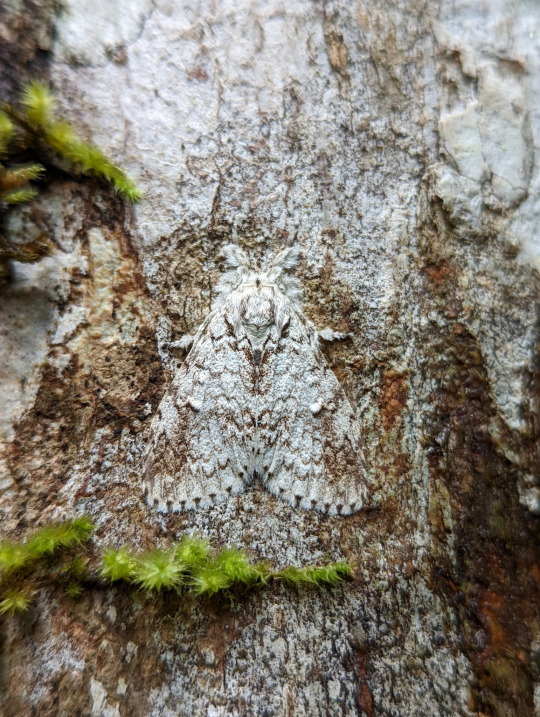


Example of Moth Camouflage
Their patterns are not only mimicking bark,
but the lichen that grows on the bark also.
Calliteara pura
06/07/22
#Calliteara pura#Calliteara#Lepidoptera#Orgyiini#Lymantriinae#Tussock Moths#Erebidae#Noctuoidea#moths#mothblr#moths tw#moth#mothcore#camouflage#entomology#Lepidopterology#bugs#bug#bugs tw#bugblr#insects#insecta#insects tw#insect#insectblr#invertblr
1K notes
·
View notes
Text
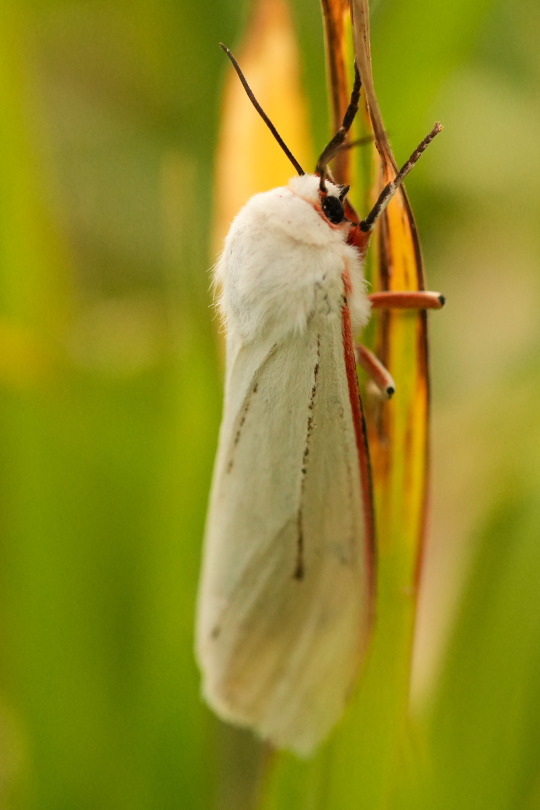

Donovan's Tiger Moth (Aloa marginata).
#ljsbugblog#bugblr#entomology#macro#insects#lepidoptera#moths#erebidae#arctiinae#tiger moths#aloa#aloa marginata#donovan's tiger moth
89 notes
·
View notes
Text
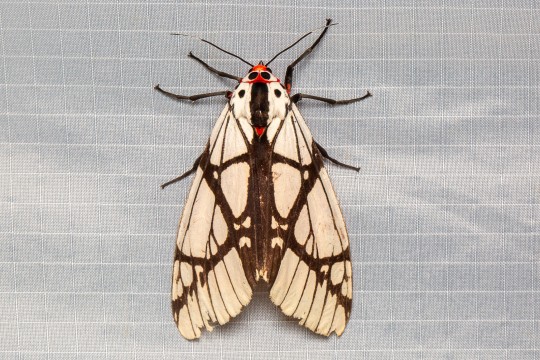
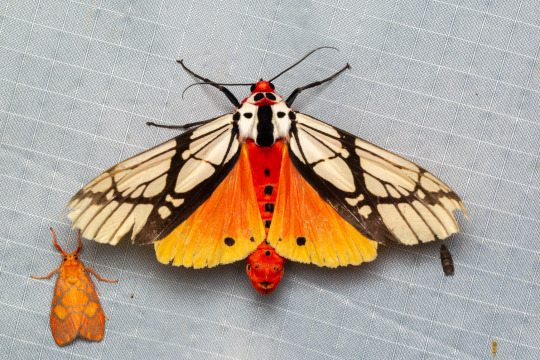
Tiger Moth (Areas galactina), family Erebidae, MCM Nature Discovery Villa, Fraser's Hill, Malaysia
photograph by David Fischer
9K notes
·
View notes
Photo

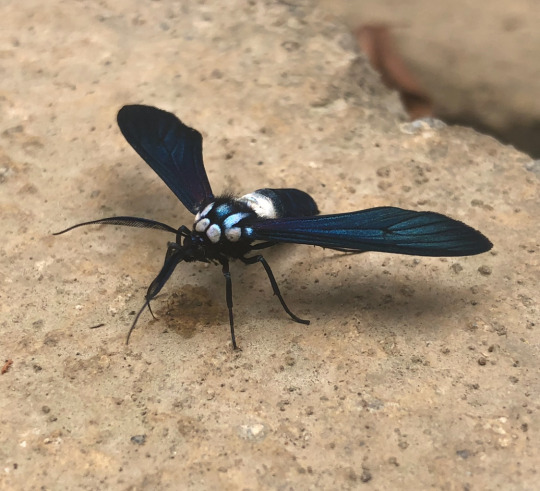
Blue handmaiden, Eriphioides ecuadoriensis, Arctiini, Erebidae
Photographed in Ecuador by belowbluewaterdiver
I could only find a couple photos of this species that I could legally share, but I can link this better photo here! The iridescent blue is beautiful :)
#animals#curators on tumblr#insects#bugs#moth#tiger moth#handmaiden#blue handmaiden#one nice bug#erebidae
1K notes
·
View notes
Text
Moth Of The Day #186
Arge Moth / Arge Tiger Moth
Apantesis arge
From the erebidae family. They have a wingspan of 38-50 mm. It can be found throughout North America.
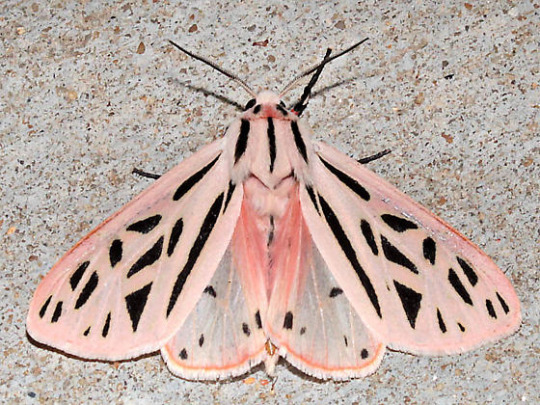
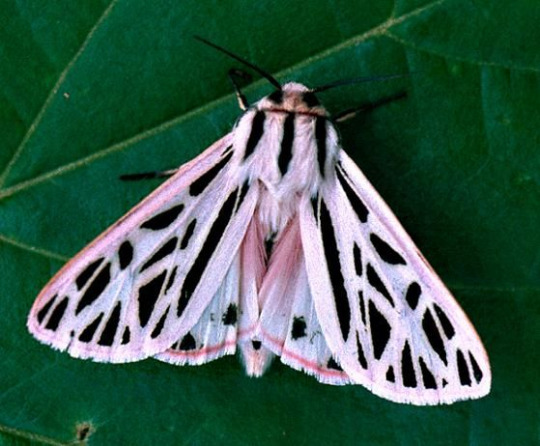
Image sources: [1] [2]
#moth#moths#lepidopterology#lepidoptera#nature#pretty moth#insect#bugs#moth of the day#motd#lepidoptery#entomology#lepidopterist#bugblr#bug#insects#erebidae#erebidae moth#arge moth#arge tiger moth#apantesis arge#invertebrates
1K notes
·
View notes
Text
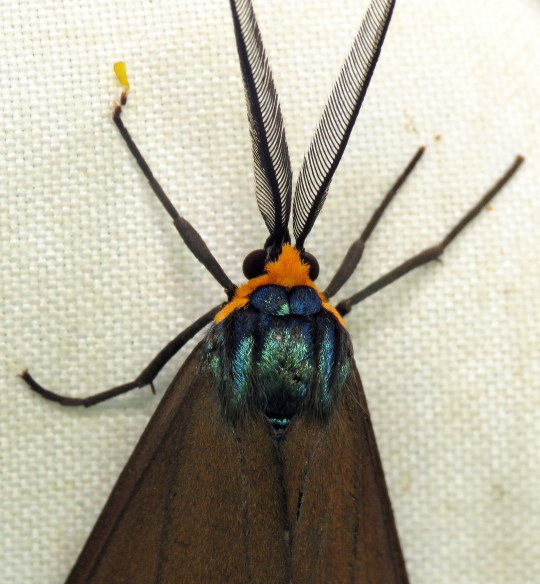


Bug of the Day
Speaking of antennae...
Were we speaking of antennae? Well, you're surely thinking about them now! :-)
#Virginia Ctenucha#Ctenucha virginica#Ctenucha#Erebidae#tiger moth#moth#insect#Lepidoptera#antennae#rabbit ears
2K notes
·
View notes
Text
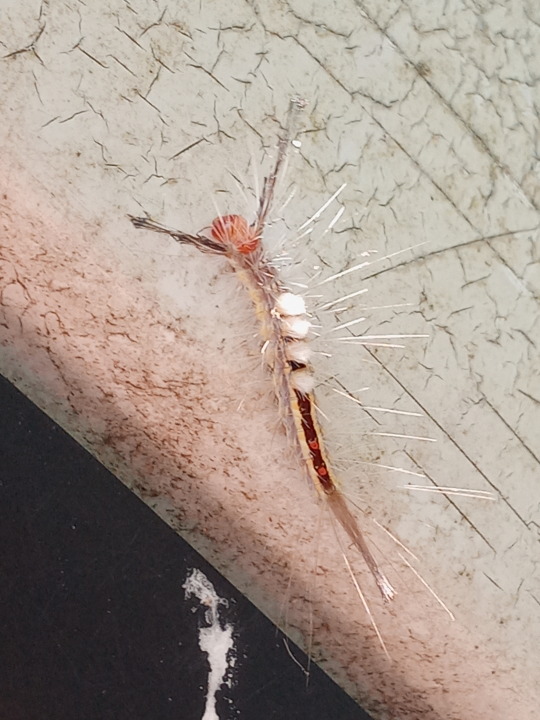
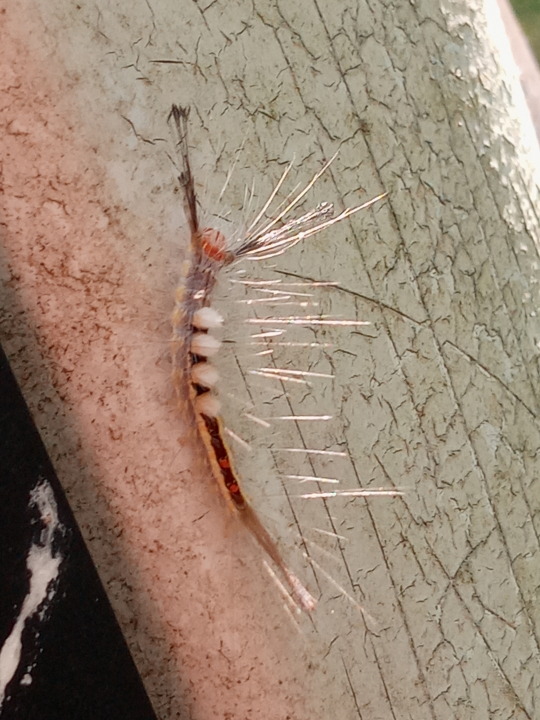
[PHOTOS TAKEN: AUGUST 30TH, 2023 | Image IDs: Two photos of a red, brown, and white tussock moth caterpillar on a dirty cracked white metal surface /End IDs.]
#tussock moth#erebidae#moths#caterpillar#caterpillars#lepidoptera#insects#insect#bug#bugs#bugblr#entomology#invertebrates#inverts#arthropods#photos#photo#Wasp House Sights
76 notes
·
View notes
Video
Rosy Tussock Moth, male (Lymantria mathura, Lymantriinae, Erebidae) by itchydogimages
Via Flickr:
Pu'er, Yunnan, China see comments for additional views...
#insect#macro#China#Yunnan#entomology#Canon#moth#Lepidoptera#black#tussock#Lymantriinae#Lymantriidae#Erebidae#moths#cute bugs#cool bugs
443 notes
·
View notes